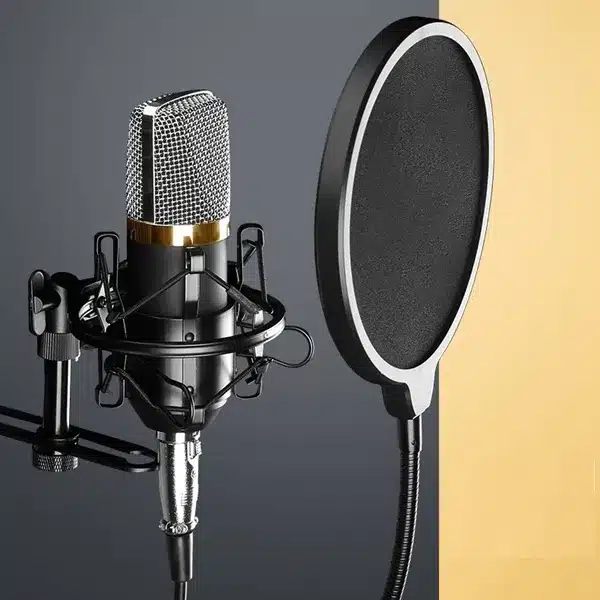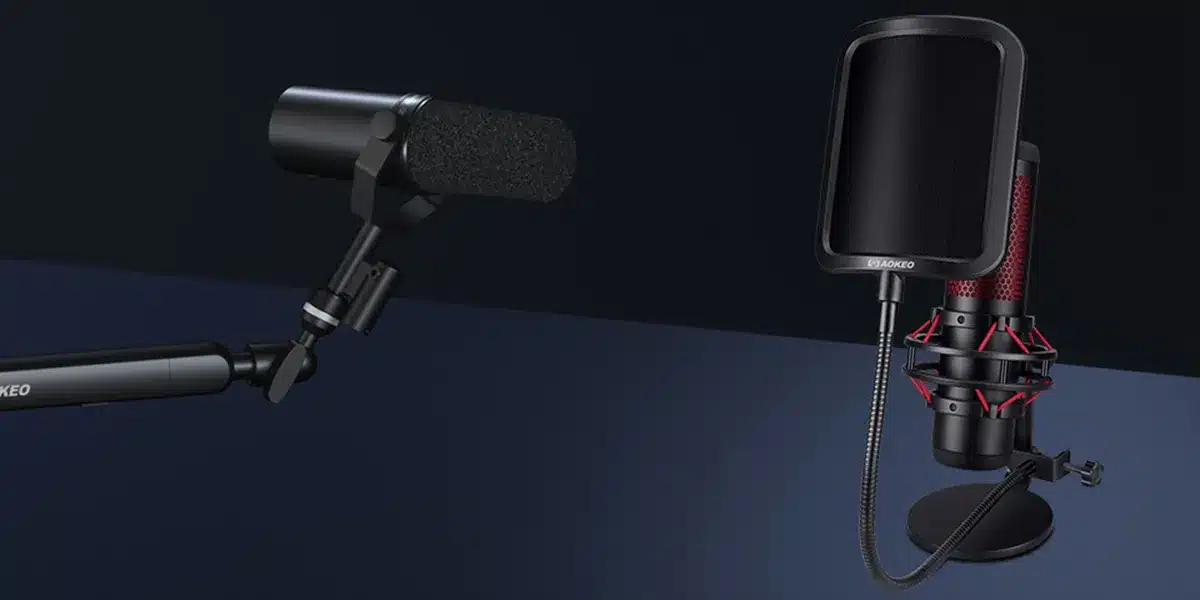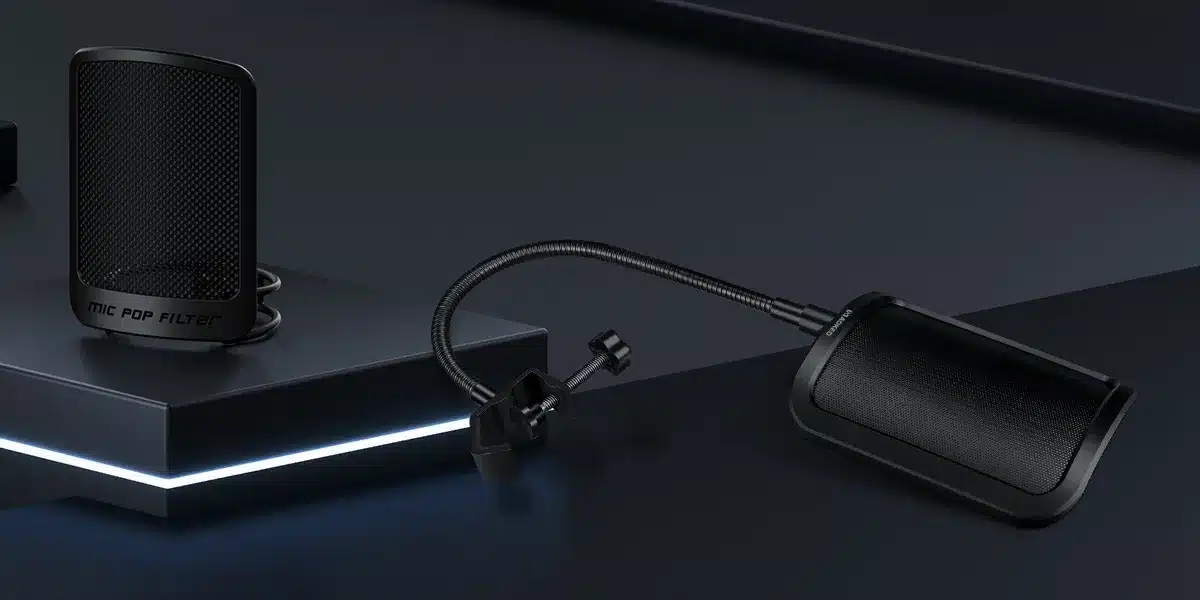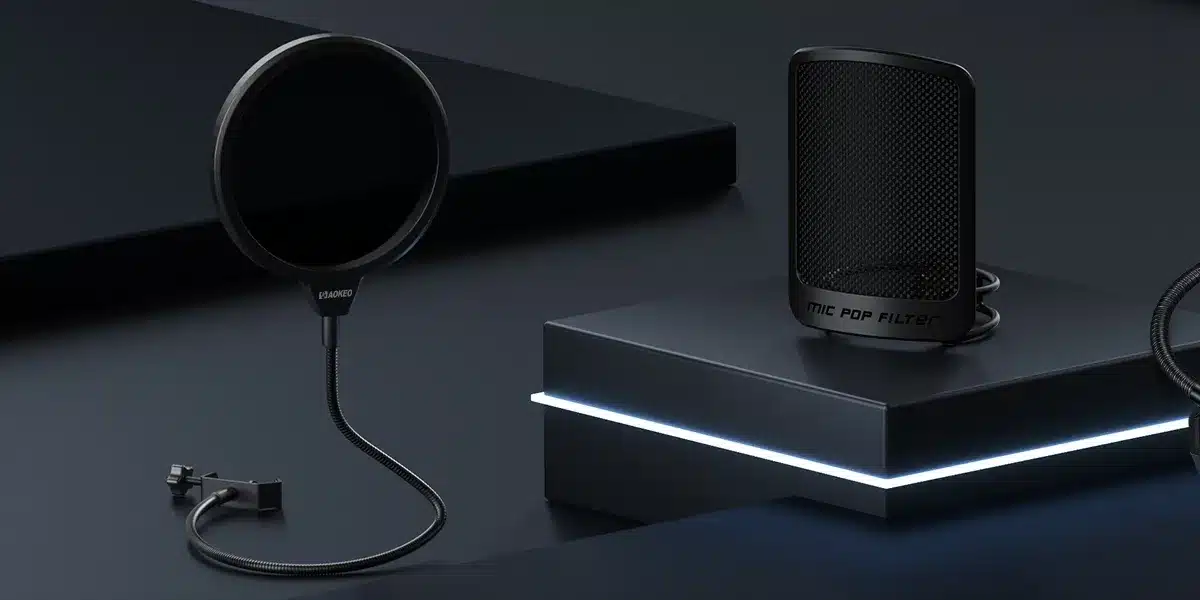Do You Need a Pop Filter for Blue Yeti? A Complete Guide
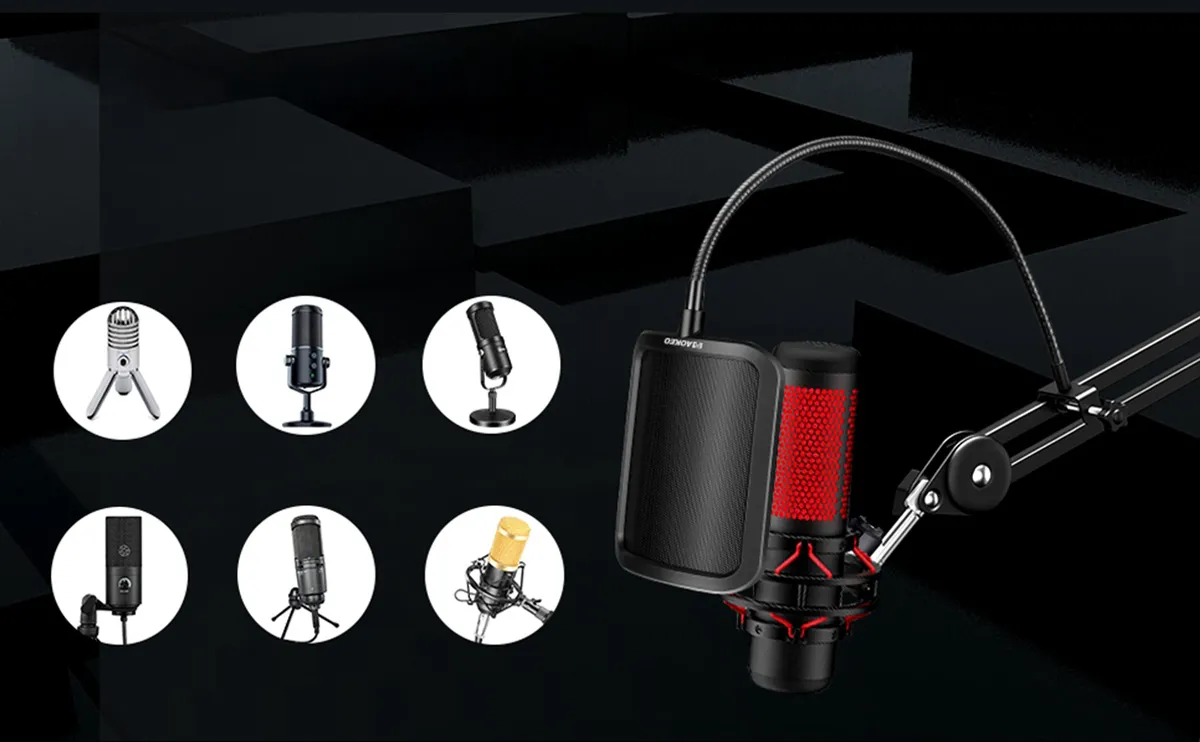
We’ve seen so many asks like these:
- “I’ve been thinking of getting a Blue Yeti, but I wasn’t sure if I should get a pop filter or if I can save my money?”
- “Is a pop filter a must-have for my Blue Yeti?”
- “Should I get a pop filter or foam cover for my Blue Yeti?”
If you’re in the same hesitation, this guide is your must-read. We’ll answer the burning questions and give you actionable advice - no fluff, just facts.
Spoiler alert (straight from a Blue Yeti owner): “Not 100% necessary, but definitely helps with the popping sounds (it depends how close you are to the mic). I would however highly recommend one!”
But why? Let’s break it down.
Table of Contents
Blue Yeti (Condenser Microphone) vs. Dynamic Microphone
The Blue Yeti is a popular condenser microphone loved by creators worldwide. Unlike dynamic microphones (often used for live performances or loud environments), condenser mics like the Yeti are highly sensitive. They capture subtle details in your voice, background noises, and even plosive sounds like "P" and "B."
While this makes the Blue Yeti ideal for streaming, podcasts, and vocals, its sensitivity means it’s more prone to picking up unwanted "pops" and breath sounds. Dynamic mics, on the other hand, are less sensitive and better at rejecting noise - perfect for stages or noisy rooms.
|
Feature / Type |
Blue Yeti (Condenser Microphone) |
Dynamic Microphone |
|---|---|---|
|
Sensitivity |
High – captures more detail and subtle sounds |
Lower – focuses on louder, direct sounds |
|
Power Requirement |
USB-powered (built-in audio interface) |
Often XLR (needs audio interface or mixer) |
|
Sound Pickup |
Wide – captures room tone and background noise |
Narrow – isolates voice, less background noise |
|
Ideal Environment |
Quiet, treated rooms |
Noisy or untreated environments |
|
Recording Quality |
Studio-quality vocals with full frequency range |
Warm, focused vocals with less ambient pickup |
|
Durability |
Moderate (sensitive to drops, moisture) |
Very durable and rugged |
|
Setup Complexity |
Very easy – plug and play via USB |
Requires interface or preamp (XLR setup) |
|
Use Case |
Streaming, podcasting, voiceovers, music |
Live vocals, podcasts, interviews, stage use |
How to Make Your Blue Yeti Sound Better
A few simple tweaks can transform your recordings. Try these quick tips to boost clarity, reduce noise, and get studio-quality vocals.
- Switch to cardioid mode (heart icon) for solo recordings.
- Use foam panels or blankets to minimize echoes.
- Stay 6–8 inches away from the mic to reduce plosives. (closer than 6, use a pop filter to avoid plosives.)
- Adjust the gain knob until your voice is loud enough without distortion or hiss.
Do I 100% need a pop filter for Blue Yeti?
Technically, no. But here’s the catch:
The Blue Yeti’s sensitivity makes plosives (“P” and “B” sounds) sound harsh without a filter. If you’re recording close to the mic (e.g., ASMR, voiceovers, or podcasts), a pop filter is helpful. For distant recordings like gaming commentary? You might skip it - but why risk annoying your audience with distracting pops?
Decent pop filters cost less than $15. Use little money to make a difference – why not?
Where to Place the Pop Filter on a Blue Yeti
Positioning matters! Follow these steps:
- Attach the pop filter to the mic boom arm (using the included clamp or a separate stand).
- Place it 2–3 inches in front of the mic, angled slightly toward your mouth.
- Ensure it doesn’t touch the mic - this can cause vibrations.
- Pro Tip: Align the filter so it sits between your mouth and the Blue Yeti’s front-facing side (where the Blue logo is).
Best Pop Filter for Blue Yeti: Top Picks
Aokeo Double-Layered O-Pop Filter
For those tackling vocals, ASMR, or noisy environments, the double-layered pop filter adds extra protection. Its dual mesh layers work in tandem to diffuse airflow and reduce background hums.
The heavy-duty metal clamp ensures stability, even during energetic recordings. It’s the exact pop filter for Blue Yeti needs.
Aokeo O-Pop
Why Choose It:
- Dual-layer tech for maximum plosive control
- Reduces subtle background noise
- Durable build for long-term use
- A Flexible 360° Gooseneck
Aokeo Metal Pop Filter (F-Pop)
For creators who prioritize durability and versatility, the F-Pop stands out with its all-metal construction. Unlike flimsy nylon filters, its stainless steel mesh resists bending and lasts for years. The 360° rotating clamp adapts to any setup, making it ideal for outdoor recordings, live streams, or studio sessions where gear gets moved frequently.
Aokeo F-pop
Why Choose It?
- Anti-scratch metal mesh
- Effortless angle adjustments
- Compact size for travel-friendly kits
Quick Comparison (3 Types)
Conclusion
A pop filter isn’t just an accessory - it’s a game-changer for Blue Yeti users. Whether you’re a podcaster, streamer, or musician, pairing your mic with a quality pop filter ensures smoother, professional-grade audio. Ready to ditch the pops? Try Aokeo pop filters now!
